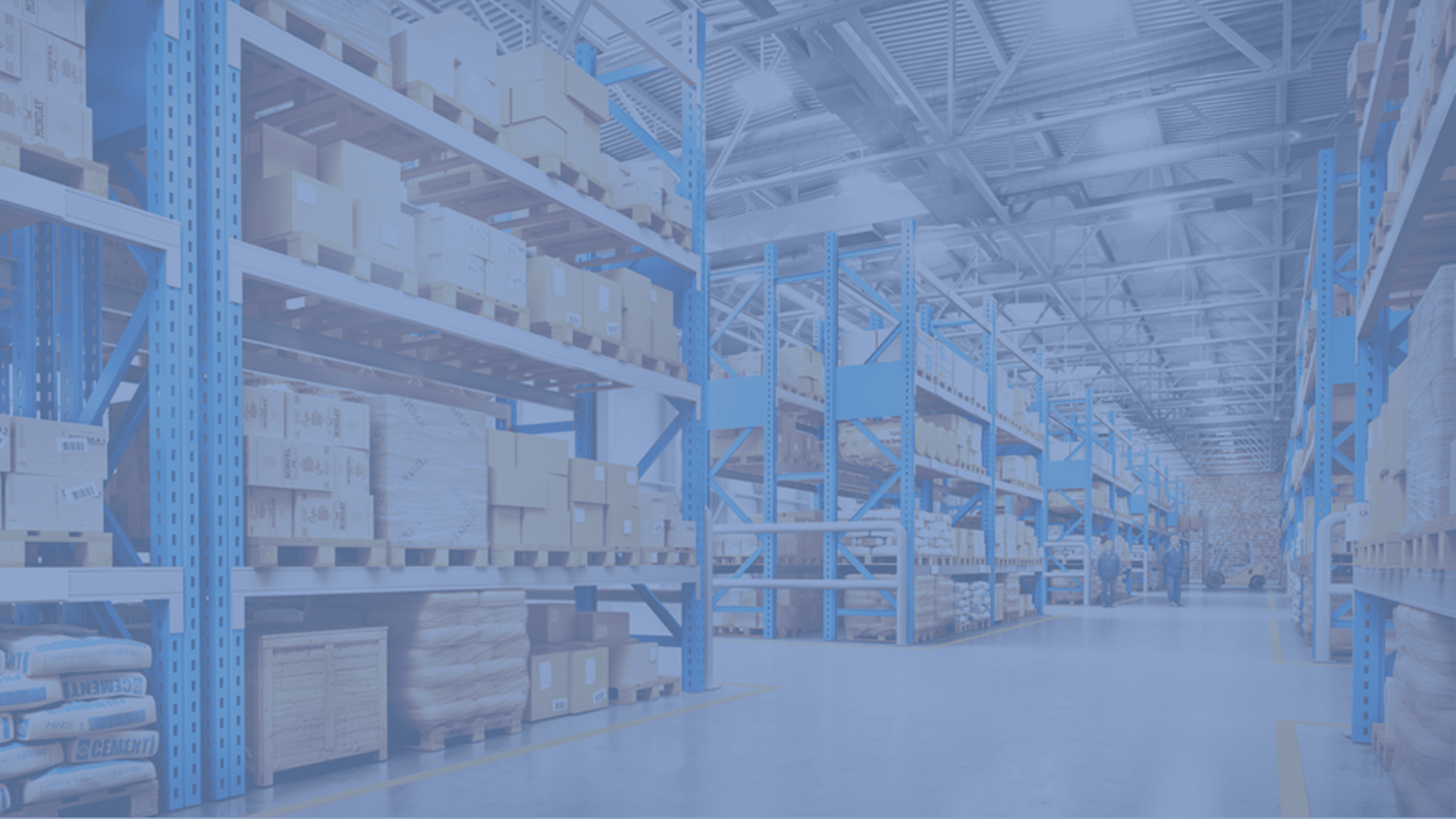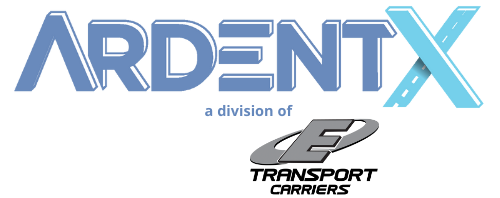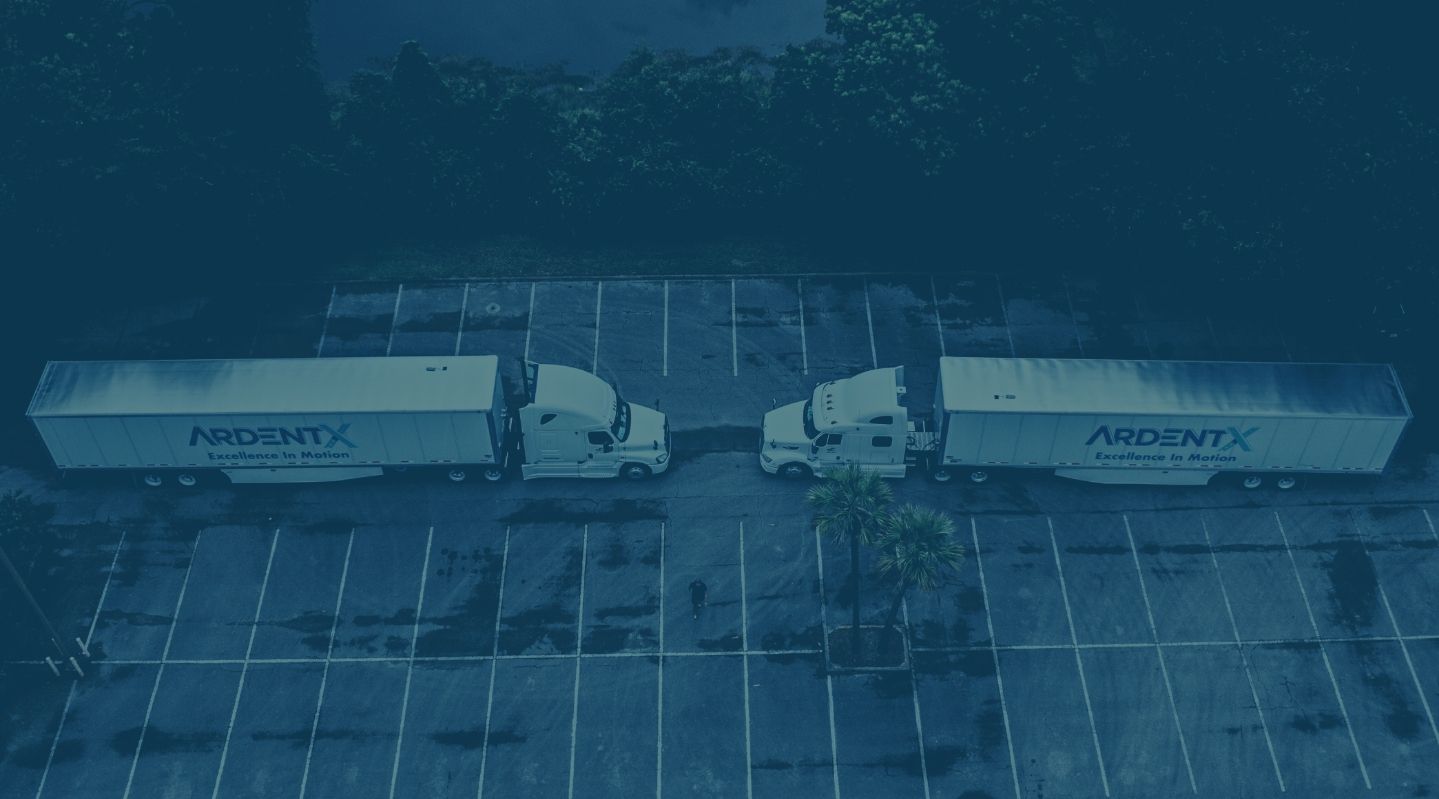
14 Oct Warehousing my products with a trusted vendor fright partner vs storage in my warehouse
The e-commerce business relies heavily on the efficiency of order fulfillment and shipping to guarantee customer satisfaction.
Order fulfillment is the process of transforming a purchaser’s completed online purchase into packages that are shipped to their designated address.
What is fulfillment?
Fulfillment refers to the process of delivering items to customers. This can include providing customer-requested items in person or shipping them through a third party. The main goal is to deliver orders as quickly and as efficiently as possible and with as little effort on the supplier’s part. In some cases, e-tailers decide to fulfill their orders. This is referred to as Self- Fulfillment.
What is self-fulfillment?
Selling to the end consumer can be the most costly and slowest part of a business. E-commerce businesses often choose to fulfill their own orders, putting less pressure on the supplier. This is referred to as Self-Fulfillment.
Self-fulfillment involves the e-commerce business receiving the customer’s order, packaging it in the appropriate quantities and condition, then shipping it out to their customer. This process is generally more effective than outsourcing because of the lower labor cost.
What is third-party fulfillment?
Third-Party Fulfillment (3PL) is the process of outsourcing to an outside company to handle the fulfillment of customer orders.
A 3PL can ship out many orders quickly, with minimal input from the e-commerce business.
What are the challenges with self-fulfillment?
1. it is more time consuming:
When a customer places an order, the business owner must wait until the order arrives in their hands. Once the item is received, they must package it up, then ship it out to the customer. Self-fulfillment takes time due to all of these steps. A 3PL allows the merchant to avoid all of these steps and focus on other elements of their business.
2. shipping rates:
Shipping rates can be costly, and they often change based on destination location, item weight and volume, shipping company, etc. Third-party fulfillment allows the e-commerce business to focus on its core competencies, which allows the 3PL to handle all of the expensive orders.
3. handling customer complaints:
When a customer receives an item that is damaged or doesn’t perform as expected, it can be difficult to let the customer know and fix the problem. A 3PL handles all of these issues, which benefits the e-commerce business.
4. fraud:
One of the biggest risks of direct fulfillment is fraud prevention. E-commerce businesses must rely on their supplier to ensure that orders are sent and received correctly. They cannot take the risk of dealing with fraudulent claims. 3PL can help keep this risk at a minimum.
5. inventory control:
With direct fulfillment of an order, the business is responsible for tracking the entire order from start to finish. This includes ordering inventory, packing it, shipping it, and collecting payment from the customer when they receive their package.
When should you outsource fulfillment?
1. Complex orders:
When orders require special packaging or handling, most order fulfillment companies have access to all of the necessary tools and equipment required to properly process complex orders.
2. High volumes of orders:
When a business receives high volumes of orders, Order fulfillment centers can pack and ship boxes at a faster, more efficient rate.
Conclusion:
When choosing between Self-fulfillment, 3PL, and the hybrid approach, businesses need to consider their goals, needs, and the current state of their tech infrastructure.
3PL can be a good long-term solution, especially if your business is growing rapidly and looking to expand quickly.


Sorry, the comment form is closed at this time.